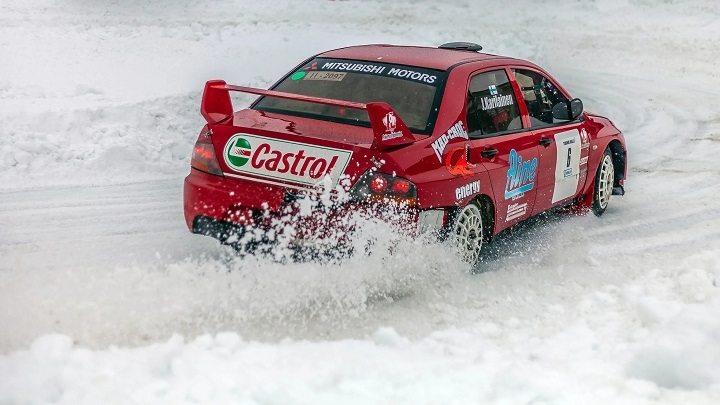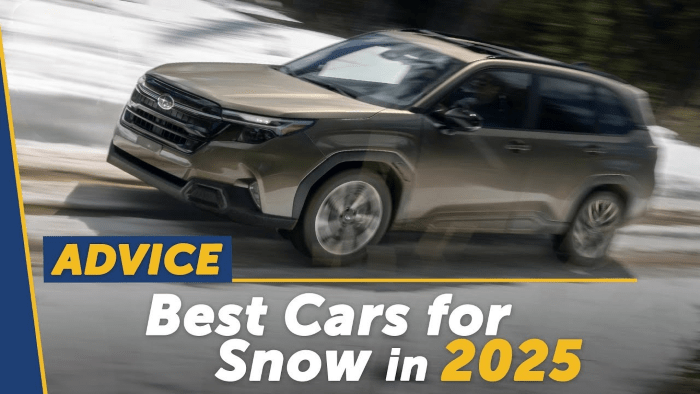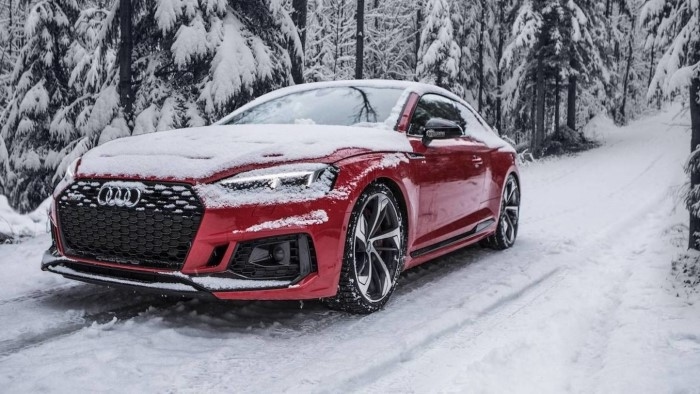When winter hits hard, not all vehicles are built to handle snow, ice, and slush. Whether you’re dealing with daily snow commutes or weekend trips to the mountains, a good snow car gives you traction, ground clearance, and confidence. Here’s a breakdown of the best cars for snowy conditions, how to choose the right one, and what features actually matter.
Why Choose a Snow-Capable Car?
A Quick Snapshot
What Matters Most: AWD or 4WD, ground clearance, winter tires, stability control
Best Types: SUVs, crossovers, some sedans and wagons
Must-Have Features: Heated seats, remote start, defrost systems
Top Picks: Subaru Outback, Toyota RAV4, Audi A4 Allroad, Jeep Grand Cherokee, Tesla Model Y
DIY Friendly? Yes, for tire swaps and basic prep—no for AWD repairs
Top Cars for Snow in 2025
Subaru Outback
Built for bad weather. AWD is standard and it’s got solid clearance.
- Pros: Symmetrical AWD, heated seats standard, reliable in deep snow
- Cons: Not the sportiest ride
- Ground Clearance: 8.7 inches
Toyota RAV4 (AWD Models)
A practical all-weather crossover that’s easy to maintain.
- Pros: Available snow mode, good fuel economy
- Cons: Less refined ride than some rivals
- Ground Clearance: 8.4 inches
Audi A4 Allroad
A luxury wagon that handles snow like a champ, thanks to Quattro AWD.
- Pros: Premium interior, great handling on slick roads
- Cons: Pricey, lower clearance than SUVs
- Ground Clearance: 6.5 inches
Jeep Grand Cherokee
A serious snow performer with real 4×4 capability.
- Pros: Multiple 4WD systems, snow mode, high clearance
- Cons: Lower fuel economy
- Ground Clearance: Up to 10.9 inches
Tesla Model Y (Dual Motor AWD)
Electric and winter-ready with fast torque and good weight distribution.
- Pros: AWD, pre-conditioning, heated everything
- Cons: Cold weather range loss
- Ground Clearance: 6.6 inches
Volvo XC90
Safe, capable, and stylish. AWD and traction tech make it snow-ready.
- Pros: AWD, great visibility, strong safety ratings
- Cons: Expensive maintenance
- Ground Clearance: 8.3 inches
What to Look for in a Snow Car
All-Wheel Drive or 4WD
Gives you better grip during takeoff and cornering on slippery surfaces.
Ground Clearance
Helps prevent snow from packing under the vehicle and affecting control.
Winter Tires
Even the best car needs snow-rated tires for real traction. Huge difference.
Stability and Traction Control
Modern systems help prevent spinouts and improve grip automatically.
Cold-Weather Features
Heated mirrors, seats, steering wheels, and remote start are game-changers in freezing temps.
Pros and Cons of AWD Snow Cars
Pros:
✔ Better grip in slippery conditions
✔ Safer winter driving
✔ Many options across all price points
Cons:
✘ More expensive to buy and maintain
✘ Doesn’t replace winter tires
✘ Some AWD systems are better than others
FAQs
Do I need AWD to drive in snow?
Not always, but it helps a lot. FWD with snow tires can work in light snow. AWD gives a big edge in deeper or icy conditions.
Is ground clearance really that important?
Yes. Low cars can get stuck in deep snow or pile it under the chassis.
Can electric cars handle snow?
Yes, many EVs like the Tesla Model Y or Ford Mustang Mach-E with AWD do well. But range can drop in cold temps.
What’s better for snow: AWD or 4WD?
AWD is great for general use. 4WD is stronger for off-road or deep snow but often overkill for city driving.
Snow driving isn’t just about AWD it’s about having the right setup. The best snow cars combine traction, clearance, and cold-weather features to keep you safe and confident. Start with vehicles known for winter reliability like the Subaru Outback or Jeep Grand Cherokee, and pair them with proper tires. Whether you’re climbing a mountain road or navigating a slushy commute, the right snow-ready vehicle makes all the difference.



